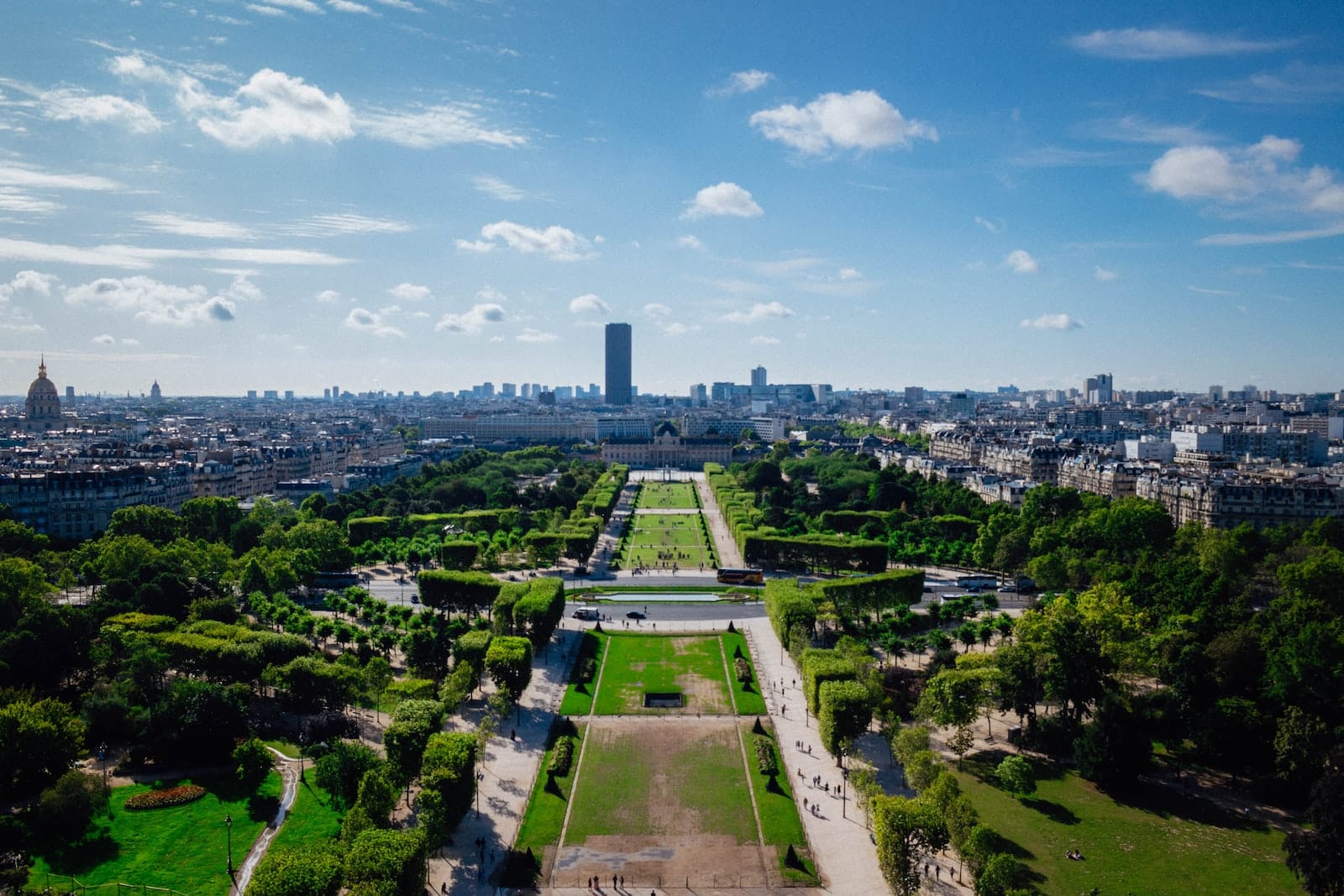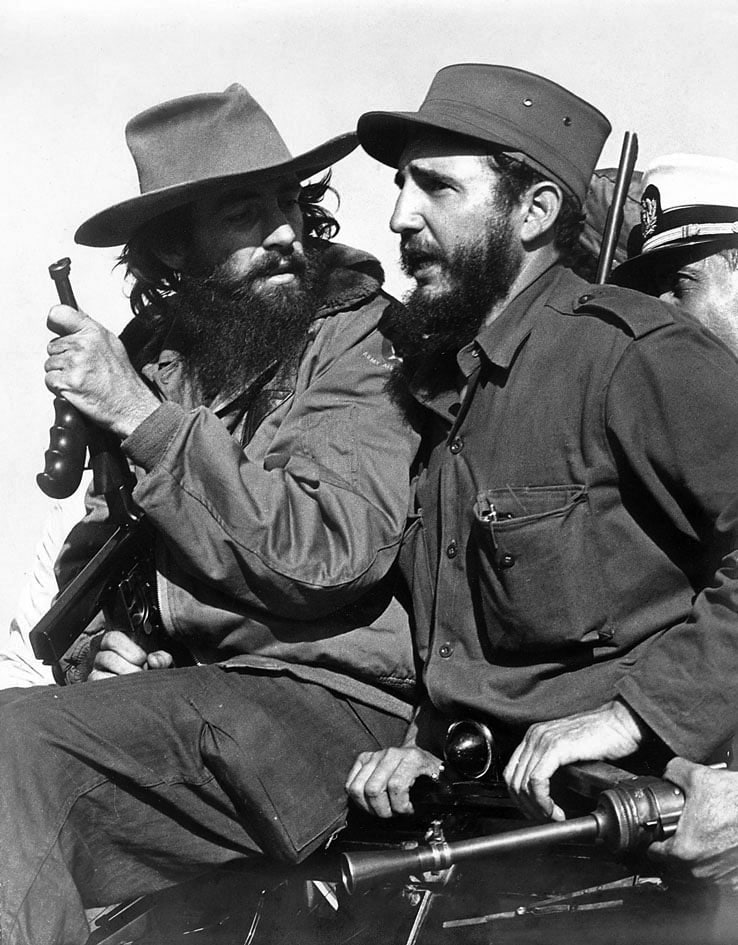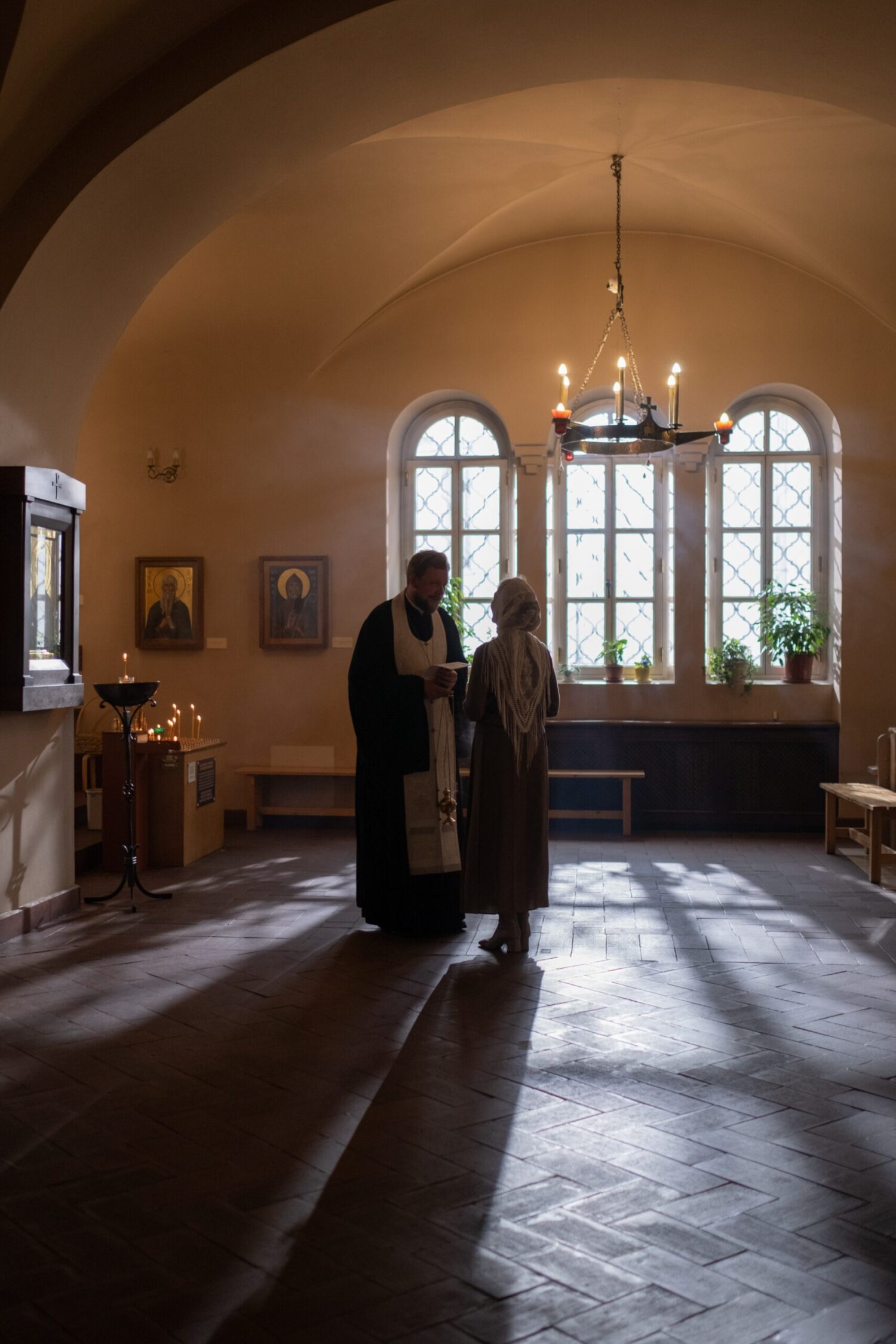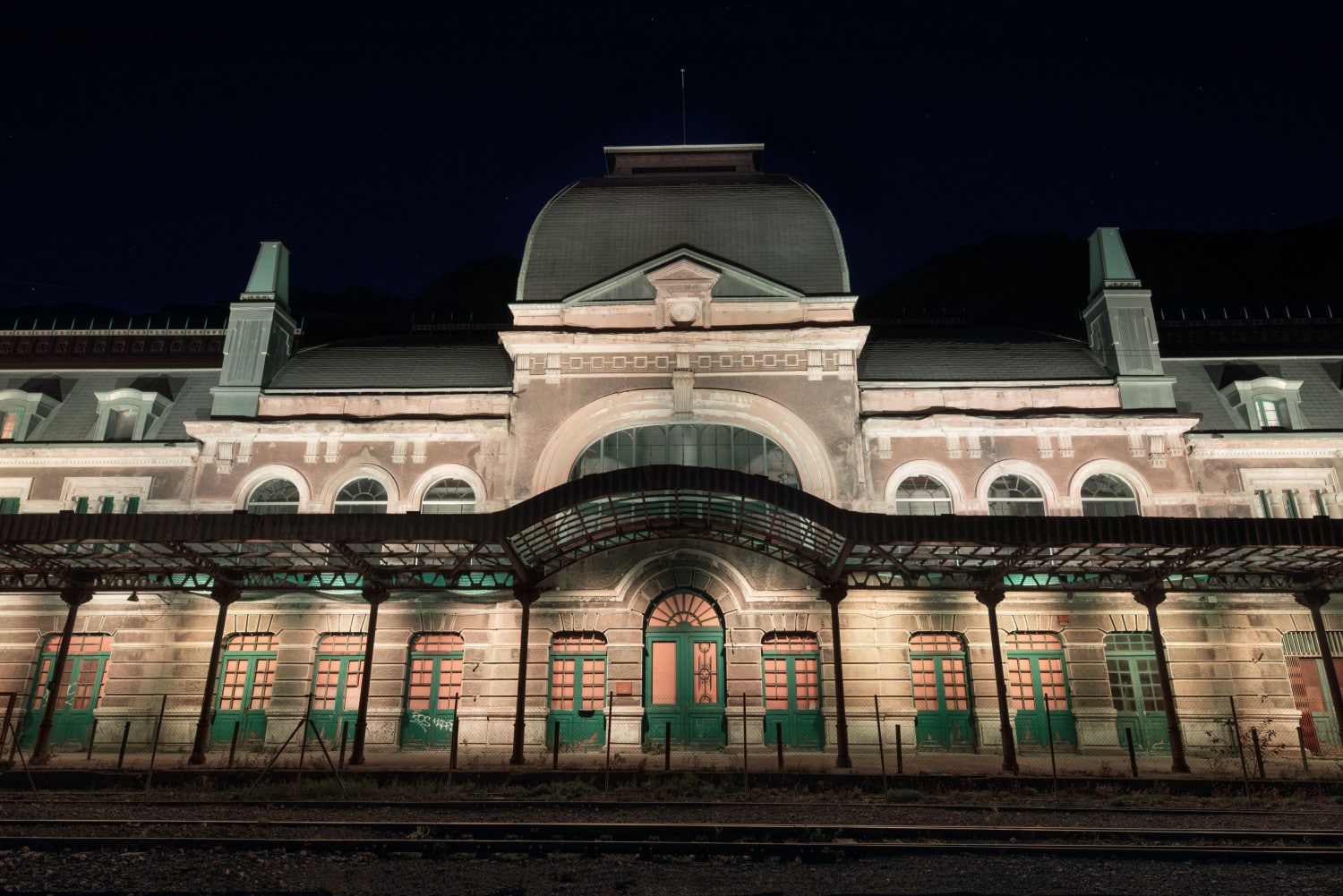This is the first shipment of humanitarian food assistance under the Black Sea Grain Initiative signed by Ukraine, Russia, Türkiye and the UN in July.
Feeding the world’s hungry
It marks another important milestone in efforts to get much-needed Ukrainian grain out of the war-torn country and back into global markets, to reach people worst affected by the global food crisis.
“Getting the Black Sea Ports open is the single most important thing we can do right now to help the world’s hungry,” said WFP Executive Director David Beasley.
“It will take more than grain ships out of Ukraine to stop world hunger, but with Ukrainian grain back on global markets we have a chance to stop this global food crisis from spiraling even further.”
WFP will use the wheat grain shipment to scale-up its efforts in southern and south-eastern Ethiopia, supporting more than 1.5 million people affected by drought.
Globally, a record 345 million people in more than 80 countries are currently facing acute food insecurity, while up to 50 million people in 45 countries are at risk of being pushed into famine without humanitarian support.
The current hunger crisis is being driven by several factors including conflict, climate impacts, and the COVID-19 pandemic.
The war in Ukraine is another catalyst as the country is a major grain exporter. Ukraine was exporting up to six million tonnes of grain a month prior to the start of the conflict in February, but volumes now are at an average of one million tonnes per month.
More action needed
WFP said that with commercial and humanitarian maritime traffic now resuming in and out of Ukraine’s Black Sea Port, some global supply disruptions will ease, which will bring relief to countries facing the worst of the global food crisis.
Crucially, Ukraine will also be able to empty its grain storage silos ahead of the summer season harvest, the agency added.
However, despite these developments, the unprecedented food crisis continues.
WFP stressed the need for immediate action that brings together the humanitarian community, governments, and the private sector to save lives and invest in long term solutions, warning that “failure will see people around the world slip into devastating famines with destabilizing impacts felt by us all.”














